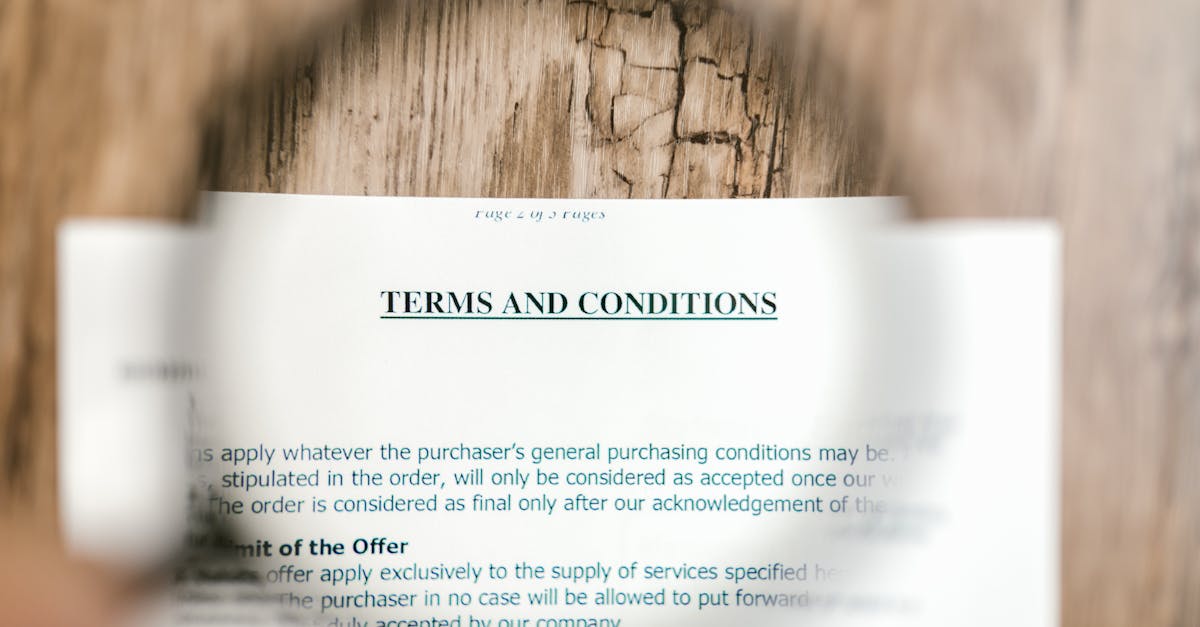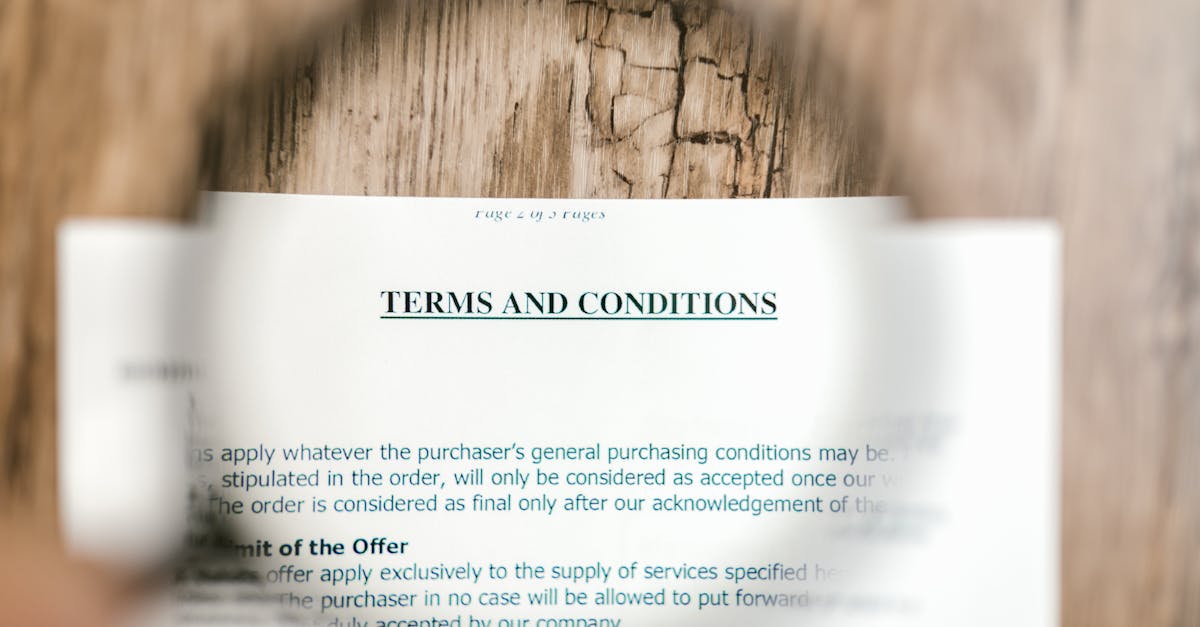
Introduction
Contracts are the lifeblood of business — and the biggest bottleneck for teams trying to move quickly without taking on undue risk. Manual review is slow, inconsistent, and expensive; modern organizations need ways to find high‑risk clauses, extract obligations, and speed negotiations while keeping legal control. Document automation and data extraction, powered by NLP, let you surface risky language, auto-suggest redlines, and route complex deals to the right reviewer — all with an auditable human-in-the-loop workflow.
In this article we walk through a practical blueprint for building that capability: from clause detection and obligation extraction to model selection, pipeline architecture, automated redlines, workflow integration, and template-driven standardization. Whether you’re piloting with NDAs or scaling to enterprise CLMs, you’ll get actionable guidance on trade-offs, implementation notes, and rollout best practices to make NLP-powered contract review reliable and measurable.
Key NLP tasks for contracts: clause detection, obligation extraction, party/entity resolution and risk scoring
Clause detection: identify and segment clauses (e.g., termination, indemnity, IP). Accurate clause detection is the foundation of any contract data extraction workflow because downstream tasks depend on correct boundaries.
Obligation extraction: pull explicit duties, timelines, and conditional triggers into structured fields (who must do what, by when). This supports downstream SLAs, compliance checks, and automated reminders.
Party/entity resolution: normalize names, roles, and linked entities across documents and sources so the same counterparty is recognized in the data ingestion layer and contract repository.
Risk scoring: combine clause-level signals (e.g., unusual indemnity language, non-standard liability caps) with historical outcomes to flag high-risk contracts for legal review.
Implementation notes
- Use document data extraction and OCR data extraction for scanned PDFs, then run NLP models for clause tagging.
- Enrich extraction with data mining and web scraping where public background on counterparties helps scoring.
- Log confidence scores per extraction so reviewers can prioritize low-confidence items.
Model selection and training: prebuilt contract models vs fine-tuned transformers for clause tagging
Prebuilt models are fast to deploy and often work well for common clauses. They reduce time-to-value for teams without large labeled datasets or machine learning resources.
Fine-tuned transformers (BERT, RoBERTa variants) excel at nuanced clause tagging when you have annotated examples. They can capture context-sensitive language and reduce false positives on edge-case clauses.
Trade-offs and best practices
- Start with prebuilt models to validate use cases, then collect annotations from legal SMEs for fine-tuning.
- Measure precision/recall by clause type; prioritize improving recall for high-risk obligations and precision for auto-redlining features.
- Use transfer learning to reduce annotation burden and consider active learning to surface the most informative examples.
Staffing note: data extraction jobs often require collaboration between legal SMEs and engineers (data extraction tools, data extraction python scripts) to produce high-quality labeled data.
Pipeline architecture: ingest PDFs, OCR, NLP clause extraction, tag mapping to clause libraries and rule engines
Ingest layer: accept PDFs, Word, and email attachments through connectors or APIs. This is the ETL entry point for the contract data extraction pipeline.
Preprocessing / OCR: run OCR data extraction for scanned documents, normalize encodings, and extract layout/paragraph structure to improve clause detection.
NLP extraction: apply clause detection, named-entity recognition, and obligation extraction models to produce structured outputs (clauses, parties, dates, amounts).
Tag mapping & rules: map extracted clauses to a clause library and apply deterministic rules or a rule engine to derive remediation steps, redline suggestions, or compliance flags.
Data handling and validation
- Include data cleaning and validation after extraction: date normalization, numeric parsing, and de-duplication.
- Keep an audit trail for every transformation (who/what changed each field) to support compliance.
- Consider integrating web scraping or API enrichment (data mining) to augment party data and risk signals.
Automating redlines: generate suggested edits, create redline-ready templates and surface high-risk clauses to reviewers
Suggested edits: synthesize common fixes for non-standard clauses (e.g., liability cap changes, indemnity language) and present them as suggested edits rather than auto-apply—maintain human-in-loop control.
Redline templates: maintain a library of redline-ready clause variants that your system can apply when confidence is high. Templates reduce repetitive drafting and speed reviews.
High-risk surfacing: prioritize clauses with low extraction confidence, unusual language, or high risk scores and surface them at the top of reviewer queues.
UX and controls
- Show both the original text and the suggested redline with justification (rule or precedent) so legal reviewers can approve quickly.
- Allow reviewers to accept, reject, or edit suggestions; capture these decisions to improve model training.
Integrating with workflow tools: route flagged contracts to legal, trigger approval templates, and store audit trails
Routing: integrate with ticketing and workflow systems to automatically assign flagged contracts (by risk score or clause type) to the right legal owner or business approver.
Trigger approval templates: when a contract exceeds thresholds, generate and attach approval checklists or pre-filled approval templates to the task.
Audit trails: store immutable logs of who reviewed what, suggested edits, and final decisions to meet compliance and regulatory requirements.
Integration tips
- Expose webhooks and APIs for real-time notifications and bi-directional sync with CLM, DMS, and RPA tools.
- Use granular permissions so only authorized users can accept auto-redlines or change risk tolerances.
- Track metrics such as average review time and time-to-execution to measure workflow improvements.
Template sets to standardize post-extraction: redline-ready service agreements, independent contractor and software licenses
Why templates matter: standardized, redline-ready templates reduce negotiation cycles and make automated redlining reliable by constraining variance in clause language.
Practical template set: maintain canonical versions for common contract types and map extracted clauses to these canonical clauses to speed remediation.
- Service agreements: use a redline-ready service agreement template to auto-suggest language for scope, SLAs, and payment terms. Example resource: https://formtify.app/set/service-agreement-94jk2
- Independent contractor agreements: provide standardized clauses for IP assignment and confidentiality to reduce risk. Example resource: https://formtify.app/set/independent-contractor-agreement-e5r6q
- Software license agreements: standardize grants, restrictions, and warranty language. Example resource: https://formtify.app/set/software-license-agreement-8gzns
Mapping approach: tag extracted clauses and map them to the closest template clause; if similarity is below threshold, route to a reviewer and capture the chosen template as feedback for model tuning.
Rollout best practices: pilot on high-volume contract types, measure precision/recall, and iterate with legal SMEs
Run a phased pilot: start with one or two high-volume contract types where data extraction and automation will yield quick wins (e.g., NDAs, standardized service agreements).
Define metrics: track precision and recall by clause type, time saved per review, and false positive rates for auto-redlines.
Iterate with SMEs: set up regular review cycles with legal subject-matter experts to correct extractions, refine rules, and prioritize additional annotations.
Operationalize improvements
- Use continuous evaluation and capture reviewer decisions to retrain models and update templates.
- Scale gradually from pilot to wider rollout once precision/recall meet business thresholds.
- Document the data extraction pipeline and governance policies so new teams understand how to contribute data and rules.
Summary
Bringing clause detection, obligation extraction, party resolution, risk scoring, and template-driven redlines together creates a practical NLP pipeline that speeds reviews, reduces negotiation cycles, and preserves legal control. For HR and legal teams this translates into consistent approvals, fewer manual bottlenecks, auditable decisions, and faster time-to-execution — all while surfacing the right issues for human review. Focus on the right model choices, a clear pipeline architecture, and standardized templates to get measurable wins, and rely on reliable data extraction to feed downstream workflows and approvals. Learn more and explore templates at https://formtify.app.
FAQs
What is data extraction?
Data extraction is the process of pulling structured information (like clauses, dates, parties, and obligations) out of unstructured documents. In contract workflows it turns legal text into fields your systems can act on, enabling searches, compliance checks, and automated reminders.
How do you extract data from a PDF?
Extracting data from a PDF typically starts with OCR for scanned files, followed by layout parsing and NLP models to detect clauses and entities. Combining preprocessing, model inference, and validation steps helps ensure accuracy for downstream automation.
Which tools are best for data extraction?
The best tools depend on your needs: document OCR and extractors for scanned content, prebuilt contract models for quick wins, and fine-tuned transformer models for nuanced clause tagging. Choose solutions that support human-in-the-loop review, logging, and easy integration with your CLM or workflow systems.
Is web scraping the same as data extraction?
Web scraping is a form of data extraction focused on gathering information from websites, while data extraction more broadly includes pulling data from PDFs, emails, and other document formats. Both require attention to source structure and legal constraints, but they address different input channels.
Is data extraction legal?
Whether data extraction is legal depends on the source, the type of data, and applicable terms of service or privacy laws. Always evaluate copyright, contract terms, and personal data protections, and consult legal counsel to define compliant extraction practices for your organization.





